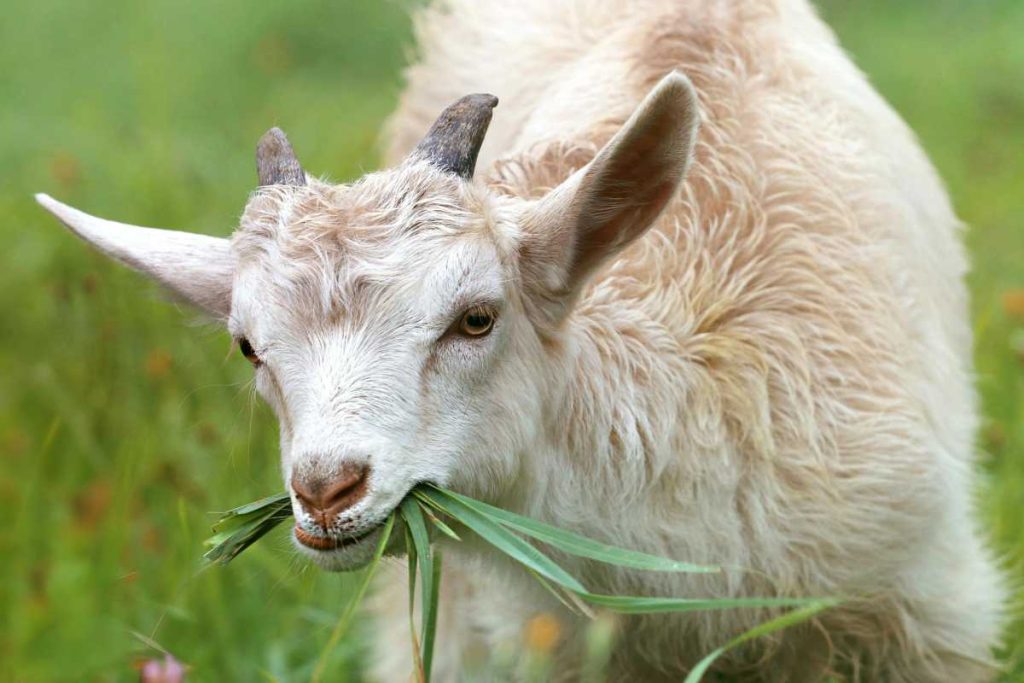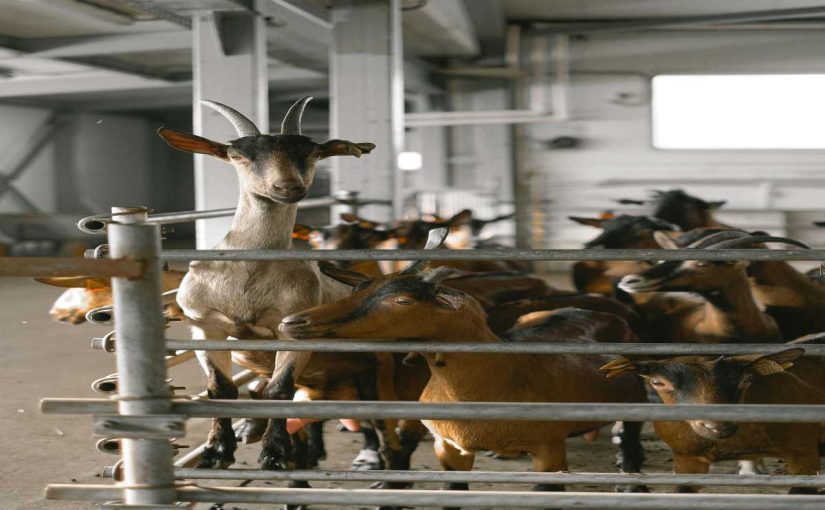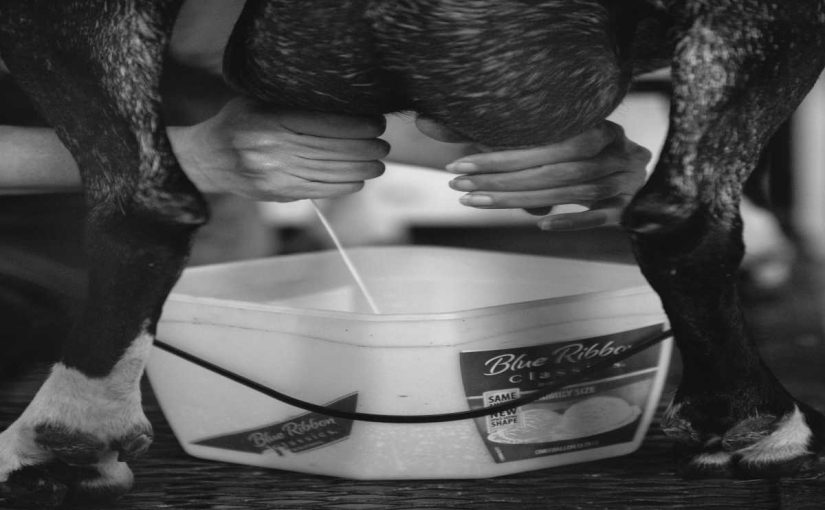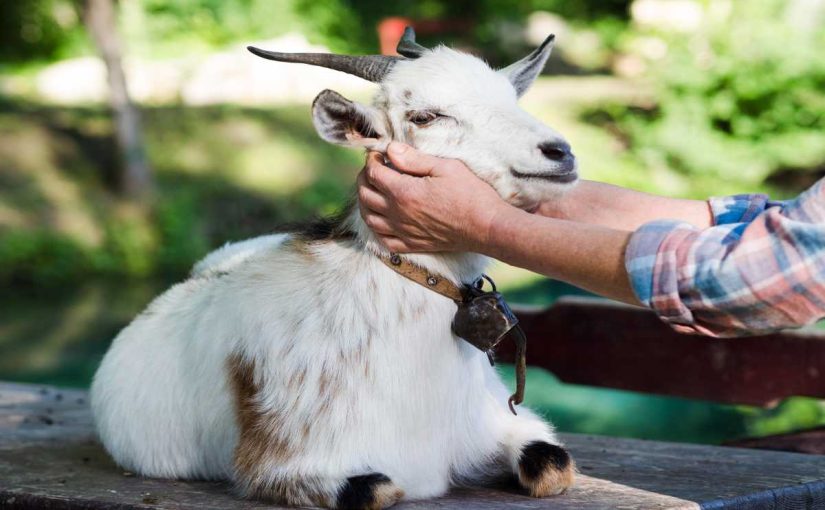Goat grazing is an excellent way to manage pasture land and improve herd health, but maximizing forage utilization is key to ensuring that your goats are receiving the proper nutrition while maintaining sustainable land management. Efficient grazing helps reduce feed costs and promotes healthier pasture ecosystems. In this blog, we’ll explore seven methods to improve forage utilization in goat grazing, allowing you to boost your herd’s productivity and sustainability.
1. Rotate Grazing Pastures
Prevent Overgrazing and Promote Regrowth
One of the most effective methods to maximize forage utilization is through rotational grazing. By dividing your pasture into sections and allowing goats to graze one area while others rest, you give the forage time to regrow and replenish. This prevents overgrazing, which can deplete the soil and decrease forage quality.
Tip: Rotate your goats every few days to avoid exhausting the pasture in one spot and to ensure even grazing across all areas.
2. Control Stocking Density
Balance Goat Numbers with Pasture Size
Overstocking a pasture can lead to overgrazing, soil compaction, and poor forage utilization. To maximize forage, it’s essential to maintain a balance between the number of goats and the size of the grazing area. If there are too many goats on a small pasture, the land won’t be able to regenerate, and forage will be depleted faster than it can grow back.
Tip: Calculate the optimal stocking density based on the size of your pasture and the type of forage available to ensure sustainable grazing.
3. Introduce Multi-Species Grazing

Utilize Complementary Grazing Habits
Multi-species grazing, where goats are grazed alongside other livestock (such as sheep or cattle), can enhance forage utilization. Different animals prefer different types of forage, and by rotating them, you reduce competition for the same plants. Goats tend to prefer browsing shrubs and weeds, while cattle and sheep are more inclined to graze grass. This helps keep the pasture healthy and increases overall forage use.
Tip: Ensure that the other species’ grazing patterns complement the goats’ preferences and nutritional needs.
4. Provide Supplemental Feed When Necessary
Ensure Balanced Nutrition
While goats can thrive on good-quality forage, they may need supplemental feed during periods of low forage availability or poor pasture quality. Providing hay, silage, or grain during drought or winter months can help bridge nutritional gaps and ensure your goats maintain optimal health and productivity.
Tip: Supplement with high-fiber hay and grains with balanced protein content to meet your goats’ nutritional requirements.
5. Improve Pasture Fertility
Maintain Soil Health for Better Forage Growth
To maximize forage utilization, it’s essential to improve pasture fertility. Healthy soil produces nutritious and abundant forage for your goats. Regular soil testing, proper fertilization, and the use of organic matter like compost can improve soil health and encourage the growth of high-quality plants.
Tip: Consider using organic fertilizers or cover crops to maintain or improve soil health, and rotate grazing to reduce the risk of overburdening any one area.

6. Use Forage Management Techniques
Ensure High-Quality Forage Availability
Proper forage management is key to maintaining a healthy and productive grazing system. Techniques like overseeding, planting diverse forage species, and controlling invasive weeds can help ensure that your pasture remains nutrient-dense and available to your goats year-round. Goats are browsers, so providing a variety of forage types—grasses, legumes, and shrubs—can optimize their grazing experience.
Tip: Look for forage species that are drought-resistant or can handle different climates, ensuring year-round forage availability.
7. Monitor Pasture Condition and Adjust Grazing Practices
Adapt Grazing to Environmental Changes
The condition of your pasture can change due to weather conditions, soil health, or herd dynamics. Regularly monitoring pasture health and adjusting grazing practices is essential for maximizing forage utilization. This can include adjusting grazing schedules, changing stocking densities, or introducing new forage species based on what works best for your land and climate.
Tip: Use a pasture condition scorecard to evaluate the quality and health of your pasture regularly, and make adjustments as necessary.
Final Thoughts
Maximizing forage utilization in goat grazing is not only beneficial for your goats’ health but also for the long-term sustainability of your pasture. By rotating grazing, controlling stocking densities, providing proper nutrition, and managing soil health, you can ensure that your goats thrive while maintaining a productive and sustainable grazing system. The key to success is regularly monitoring and adjusting your practices to create an optimal environment for both your herd and your land.
With these seven methods, you’ll be able to maximize forage utilization, reduce feed costs, and maintain a healthy, happy goat herd. Happy grazing!
Related Tips for Optimal Grazing:
- Keep an eye out for overgrazed areas and avoid letting goats graze too low to prevent damage to the pasture.
- Experiment with different forage species to increase diversity and improve the quality of your pasture.
- Plan grazing schedules around seasonal changes, such as drought periods, to avoid stress on your goats and pasture.



